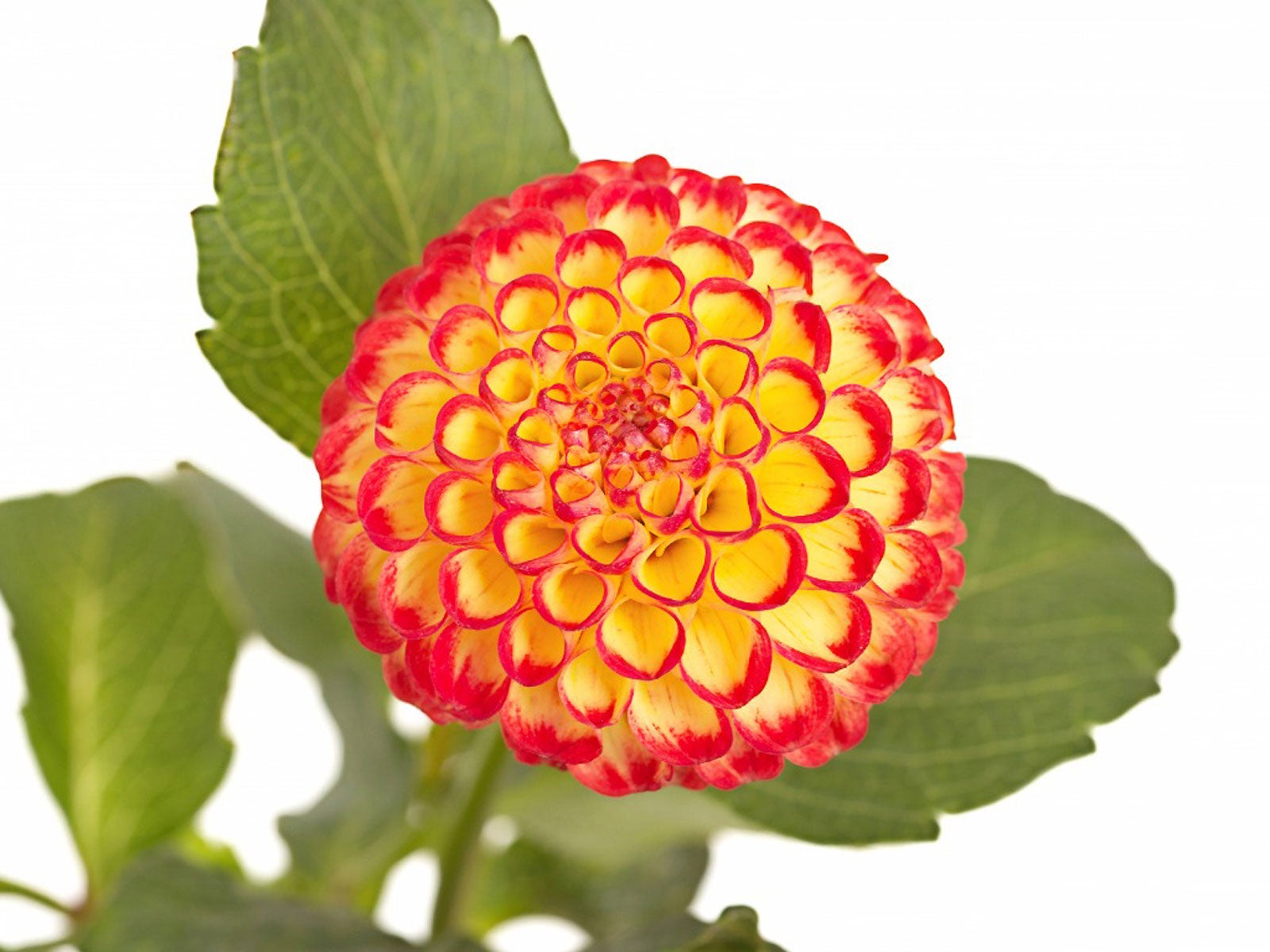Pompon Dahlia Plants: Tips For Growing Little Beeswing Dahlias


For many cut-flower growers or ornamental gardeners, dahlias are among their most prized plants. Ranging in size, shape, and color; there is likely a variety of dahlia that perfectly suits every design aesthetic. While huge dinnerplate type blooms can reach over 10 inches (25 cm.) other, more petite, pompon varieties can provide equally stunning visual impact.
One such cultivar, called ‘Little Beeswing’ dahlia, can add a vibrant pop of intense color to the garden one season after another. Not only will you enjoy this plant, but the pollinators will appreciate the bright blooms too.
About Little Beeswing Pompon Dahlias
Little Beeswing dahlias are a pompon (or pompom) type of dahlia plant. Pompon references the shape and size of the flower. Blooms of these plants have small, ball-like flowers which curve inward.
With flowers reaching sizes of around 2 inches (5 cm.) in diameter, bright and cheerful Little Beeswing dahlia blooms are sure to be a garden delight. While flower coloration will range, most blooms feature intense yellow shades with orange-red edging around each petal.
Growing Little Beeswing Dahlias
The best way to begin growing Little Beeswing dahlia plants is by purchasing tubers. Purchasing and planting the Little Beeswing pompon dahlia tubers will ensure they grow true to type. When it comes to dahlia plant care, it is important to understand their growing conditions. Since dahlia plants are tender, those wishing to plant them will need to wait until all chance of frost has passed.
Though dahlia tubers can be started indoors, you’ll get better results by planting the tubers directly into the ground when soil temperatures are at least 60 degrees F. (16 C.). This is especially important as excessively cold, or wet soil, may cause the tuber to rot. Plants should be situated in garden beds with rich, well-draining soil and receive full sun.
Beyond planting, those growing Little Beeswing dahlias will need to pinch and stake the plant. Pinching refers to the removal of the top of the main stem. This is generally done when the plant has at least four sets of true leaves. Pinching encourages new growth and later will help the plant produce more flower blooms. Tall dahlia plants often topple over. For this reason, many growers choose to stake the plants. This can be done in a variety of ways, most commonly with wooden stakes or horizontal trellis netting.
Gardening tips, videos, info and more delivered right to your inbox!
Sign up for the Gardening Know How newsletter today and receive a free copy of our e-book "How to Grow Delicious Tomatoes".
Routine watering is essential to dahlia plant care. Little Beeswing dahlias are no exception to this, as they will require irrigation throughout the growing season. For many this is achieved through the use of drip irrigation on a timer. Maintaining consistent moisture will be imperative to success when growing in regions with especially hot summer temperatures.

Tonya Barnett has been gardening for 13 years. Flowers are her passion. She has transformed her backyard into a cut flower garden, which she regularly chronicles on her YouTube channel http://www.youtube.com/@tonyawiththeflowers.
-
 Grow ‘Karl Rosenfield’ Peony Plants For The Ultimate Frilly Border Beauties And Cut Flowers
Grow ‘Karl Rosenfield’ Peony Plants For The Ultimate Frilly Border Beauties And Cut FlowersFor frilly double magenta peony petals infused with a heady fragrance, grow ‘Karl Rosenfield’ peony plants. Here’s how to cultivate the ultimate plushy blooms
By Tonya Barnett
-
 10 Common Composting Problems That Can Spoil Your Garden Gold – Plus Easy Fixes
10 Common Composting Problems That Can Spoil Your Garden Gold – Plus Easy FixesLearn how to troubleshoot common composting issues before they ruin your stash – from bad smells and bugs to materials not breaking down as they should.
By Susan Albert